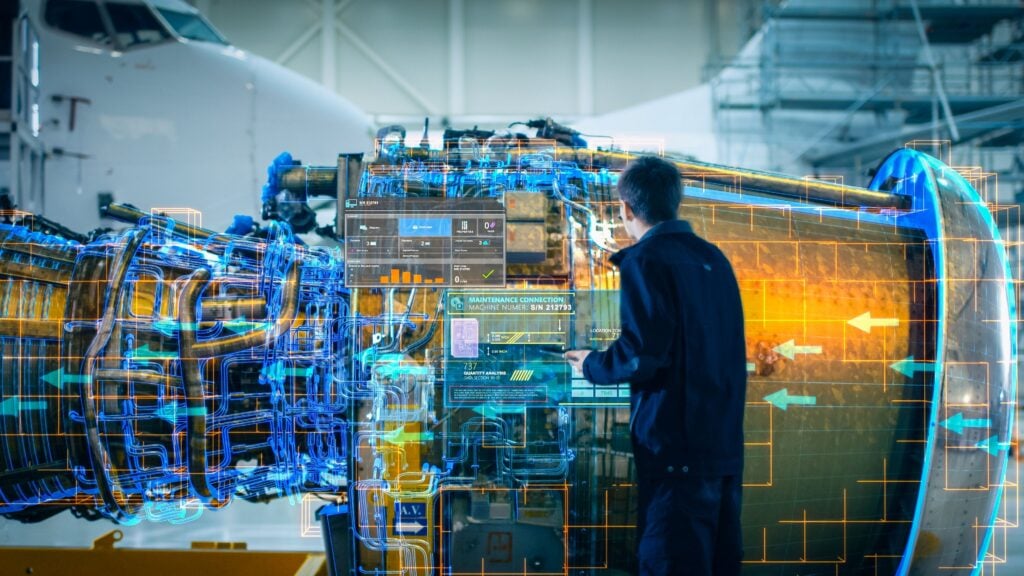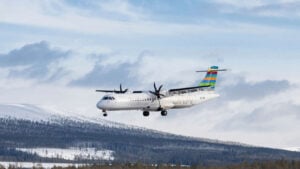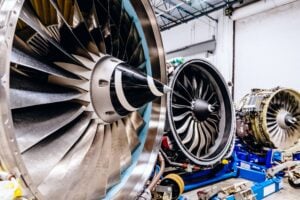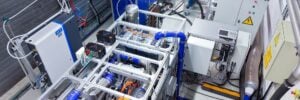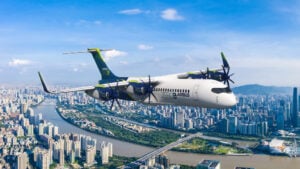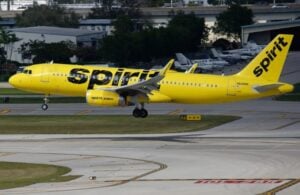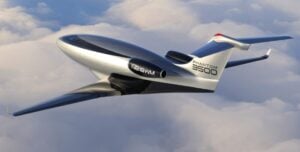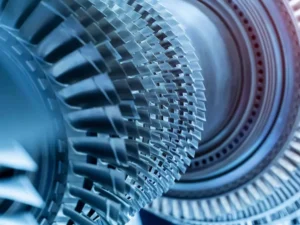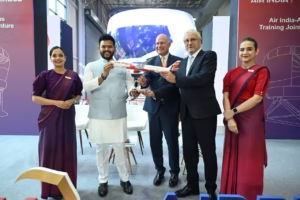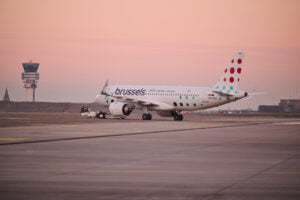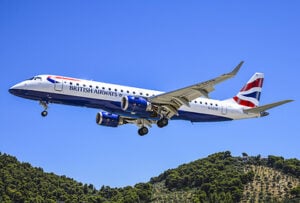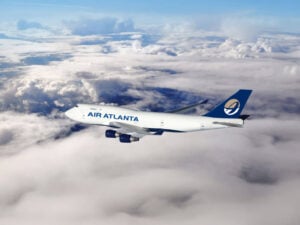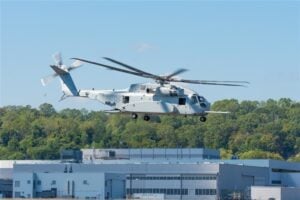Helping MROs be more proactive than reactive by reducing unplanned AOG incidents
Aircraft maintenance is a constant battle between safety, efficiency, and cost control. Traditionally, maintenance has involved scheduled checks, routine inspections, and reactive repairs. Though these practices have ensured that aviation remains the safest mode of transport, there exists a fair degree if inefficiency. For example, parts are sometimes replaced earlier than necessary, while in other cases problems may only be discovered once they have already escalated. However, more recently, a new technology has begun to transform how maintenance teams approach many MRO challenges: the digital twin. This innovation aims not only to reduce maintenance costs and increase efficiency, but its trump card is the ability to predict failures before they happen.
What is a digital twin?
A digital twin is not just a static 3-D model or a simple database. It is an intelligent, dynamic virtual replica that continuously mirrors the behaviour of an aircraft or one of its many components in real time. A digital twin may begin with a structural representation of a physical system, but its real power comes from the constant stream of live data it ingests from sensors across strategically located across aircraft. This information—ranging from vibration and pressure readings to temperature changes and fuel efficiency metrics—is processed through a combination of advanced analytics and artificial intelligence. And the result? A living, evolving replica that can simulate multiple scenarios, anticipate failures, and even test different maintenance strategies before any action is taken on the actual aircraft in question.
In the hangar, digital twins are already demonstrating how effective predictive maintenance can be. Consider, for example, a landing gear strut that is fitted with multiple sensors. Instead of being inspected only at scheduled intervals, its digital twin continuously monitors operational stress patterns. When it detects unusual data trends, the twin can predict that a hydraulic seal might soon fail, but of greater importance, it anticipates this long before the issue might be picked up during a traditional check. In this way, engineers gain the upper hand by being able intervene early, preventing costly downtime as well as avoiding potentially dangerous situations. Beyond predictive maintenance, digital twins also make it possible to run virtual tests and simulations. Engineers can examine how components will react to extreme weather, high-cycle operations, or emergency conditions, all without risking damaging real hardware. Through the use of digital twins, maintenance schedules can now be dynamically adjusted according to actual aircraft usage rather than sticking to rigid timetables, and each component’s health and history can be more effectively tracked across its entire lifecycle.
Already seen benefits of digital twins
The benefits for airlines and MROs are wide-ranging. Safety is enhanced because digital twins can detect anomalies that are invisible to the human eye or standard tools, such as micro-cracks in turbine blades that only show up as tiny shifts in vibration. Cost savings are significant as well: unplanned groundings can cost airlines tens of thousands of dollars per hour, so predictive insights can drastically reduce such unwanted occurrences. Maintenance operations also become more efficient, as crews no longer need to open panels “just in case” but can instead target their efforts where they are truly required. There is also an indirect benefit of digital twins, and that is making a positive contribution towards sustainability by extending component lifespans, reducing waste, and optimising fuel efficiency.
New operational methods bring new challenges
However, the implementation of digital twins does not come without challenges. Owing to the number of individual parts, today’s aircraft generate enormous amounts of data—sometimes terabytes per day—and managing, storing, and securing that data is a major hurdle. Interoperability across mixed fleets from different manufacturers adds complexity, and cybersecurity becomes a critical concern as real-time data links will always be vulnerable to nefarious attacks. Beyond this, the level of required technology requires a very substantial up-front investment in a complex infrastructure such as sensors and cloud platforms as well as AI modelling capabilities. Finally, the shift in operational procedures demands cultural change and new skill sets. Maintenance engineers must learn to work not only with wrenches and diagnostic tools but also with analytics dashboards and digital models, both of which require training and adaptation.
Despite these challenges, real-world applications are already proving the value of this new technology. Rolls-Royce has implemented digital twins in its TotalCare® service, monitoring thousands of engines worldwide which now enable the engine manufacturer to predict the need for part replacements with striking accuracy. Airbus has also launched its Skywise platform, which integrates fleet data into digital twin environments to provide airlines with real-time insights into operational performance and maintenance needs. GE Aviation has taken a similar approach with its engines, using digital twins to extend time-on-wing and improve fuel efficiency. These examples show that the technology is not a distant vision but a present reality that is currently shaping modern aviation.
What does the future hold for digital twins?
Looking ahead, digital twins are likely to become even more sophisticated and widespread. Airlines will increasingly manage digital replicas of entire fleets rather than individual components, optimising scheduling and routing decisions based on predictive maintenance data. Augmented reality will soon enter the hangar as well, with mechanics using smart glasses to view live overlays of digital twins directly on physical aircraft, highlighting areas that require attention. Robotics, combined with digital twin guidance, may eventually make semi-autonomous inspections and repairs possible. Regulatory authorities such as the EASA and the FAA are already beginning to define frameworks that will govern how digital twins can be validated and certified within maintenance processes, ensuring safety and reliability remain uncompromised.
The rise of digital twins represents a paradigm shift in how the aviation industry now approaches maintenance. By moving away from reactive and scheduled approaches and embracing predictive, data-driven decision-making, airlines and MROs are laying the groundwork today for a new era of safety, efficiency, and sustainability. While challenges remain, the trajectory is pretty clear: in the years to come, the digital twin will invariably become as essential to the hangar as the wrench or the torque meter. Maintenance teams will no longer have to predict whether or when a component might fail; they will know exactly when and be able to take appropriate proactive action.

